alimentary lymphoma in cats symptoms
Despite the common prevalence of this disease appropriate diagnosis and treatment can be challenging. Symptoms Gastrointestinal lymphoma accounts for approximately 5 of cases and is less easily diagnosed than the more common multicentric form.
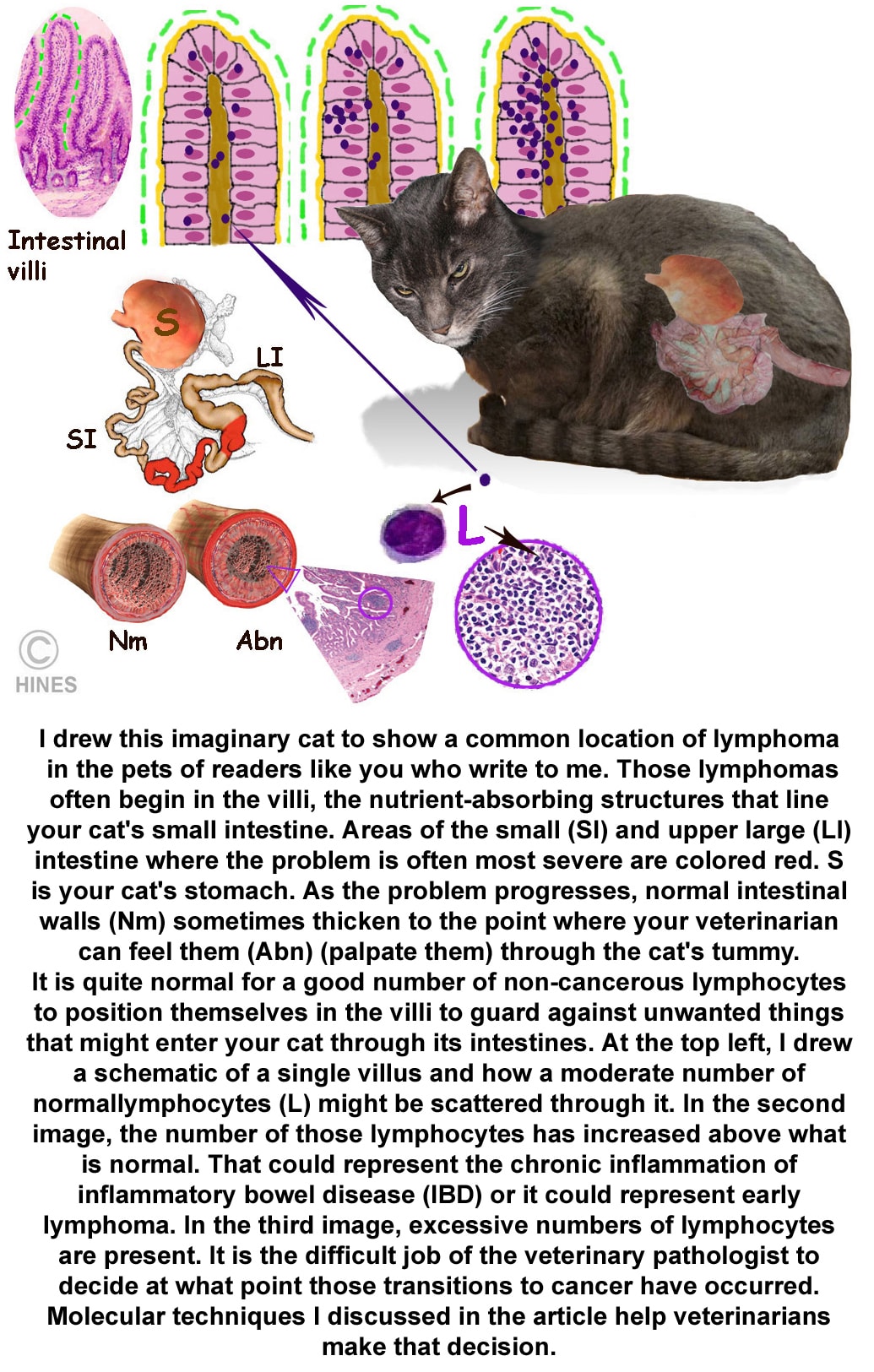
Lymphoma In Your Cat Ron Hines Vetspace 2nd Chance The Animal Health Website
The most common form of feline lymphoma this disease usually occurs in cats between the ages of 9-13 years of age and is the least likely to be linked to feline leukemia.
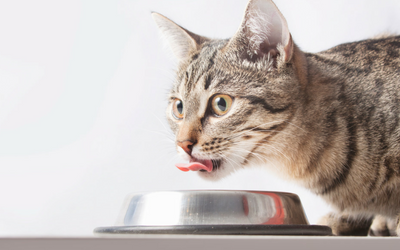
. Symptoms of alimentary lymphosarcoma may include. Differentiating Inflammatory Bowel Disease from Alimentary Lymphoma in Cats. Accurate diagnosis of the distinct subtypes of alimentary lymphoma AL that occur in cats is important as there are major differences between them in clinical presentation treatment and prognosis.
Weight loss Lethargy Poor appetite. The incidence of this disease has increased significantly over the past 15 years during the post-feline leukemia era. There are three subtypes based on mitotic rate and cell type determined by examination of.
Common side effects include lowered white blood cell count vomiting and decreased appetite. Low-grade alimentary lymphoma LGAL requires histological assessment of biopsies for diagnosis whereas intermediate- IGAL and high-grade HGAL alimentary lymphoma AL can be diagnosed by cytology of intestinal or mesenteric lymph node aspirates. Vet Clin North Am Small Anim Pract.
Decreased appetite or though in rare cases an. In alimentary lymphoma the clinical signs are those of vomiting diarrhea weight loss. Depending on the type of lymphoma other treatments may be needed.
Differentiation of feline inflammatory bowel disease and intestinal small cell lymphoma can be challenging and some clinicians argue that it is unnecessary because prognosis and treatment are similar. Black or tarry bowel movements. Feline low-grade alimentary lymphoma.
The median or average age of the cats with alimentary lymphomas is around 10 years old and they are mostly FeLV negative. Gastro-Intestinal Lymphoma in Cats. Alimentary lymphoma is one of the most commonly diagnosed neoplasms of the cat.
In the authors hospital in Tokyo Japan in the recent years among 43 cases of microscopically confirmed feline lymphoma cases 51 were the alimentary form while FeLV positive anterior mediastinal form accounted for 16. Small-cell-alimentary lymphoma was diagnosed for the 3-year-old cat. Symptoms of this form of feline lymphoma include.
It is characterized by an infiltration of the gastrointestinal tract andor associated lymph nodes with neoplastic cancerous lymphocytes. Monitoring is required to assess the cat for side effects of treatment though chemotherapy is generally better tolerated in animals than in people. Alimentary Lymphoma In Cats Symptoms - Common sites of lymphoma in cats include.
Alimentary lymphoma in cats and dogs Vet Clin North Am Small Anim Pract. Therefore diagnosing lymphoma can be difficult. It can become fatal if the tumor is situated near the small or large intestine since it can restrict the passage of bowel and pose health hazards.
J Feline Med Surg. Extreme fatigue or lethargy. The incidence of LGAL has increased over the last ten years and it is now the most frequent digestive neoplasia in cats and comprises 60 to 75 of gastrointestinal lymphoma cases.
J Feline Med Surg. High grade large cell which is more aggressive or low grade small cell and cats with high-grade lymphoma can get sick within days to weeks whereas cats with low-grade lymphoma get sick over weeks to months. Unlike intermediate- and high-grade alimentary lymphoma IHGAL and large granular lymphocyte lymphoma LGLL which can often be.
Given that LGAL shares common clinical. Regardless of the site some symptoms are common to all lymphomas. The most common anatomical form of lymphoma in cats is alimentary lymphoma AL.
Diarrhea Excessive thirst Excessive urination Lethargy Loss of appetite Nausea and vomiting Weight loss. There are two types of lymphosarcoma of the gastrointestinal tract. Low-grade alimentary lymphoma LGAL is characterised by the infiltration of neoplastic T-lymphocytes typically in the small intestine.
Clinical signs of lymphoma in the gastrointestinal tract include weight loss vomiting diarrhea and often either a decreased or increased appetite. How common is it. The following are some of the more common symptoms.
Ad Help your pet cope with symptoms like nausea loss of appetite and energy. Author Tracy Gieger 1 Affiliation 1 Department of Veterinary Clinical. Get NHVs most useful pet cancer supplements in one holistic pack.
In addition many of the symptoms of lymphoma are ones that are commonly associated with other illnesses and conditions that can affect a cat. Mediastinal lymphoma is the most common lymphoma in felv positive cats and occurs in younger cats around 2 to 3 years of age. In light of the clinical symptoms ultrasonography necropsy and histopathological findings.
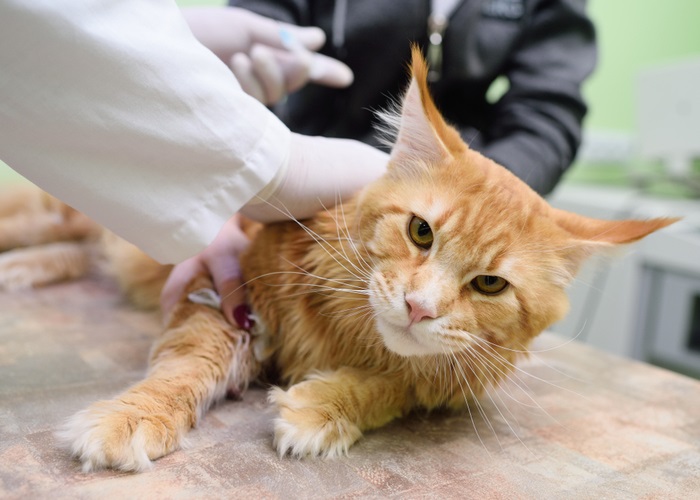
Lymphoma In Cats Symptoms Diagnosis Treatment All About Cats

Causes And Risks Of Cat Lymphoma And Leukemia Vlog 97 Youtube
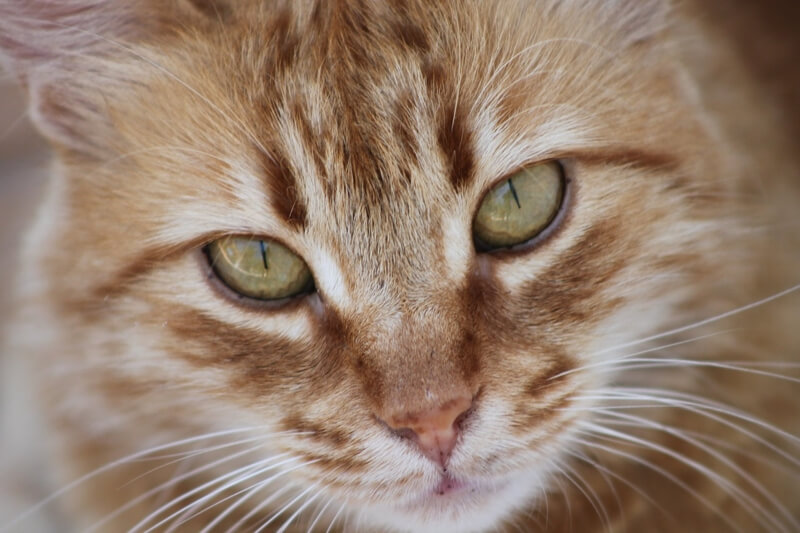
Understanding Lymphoma In Cats
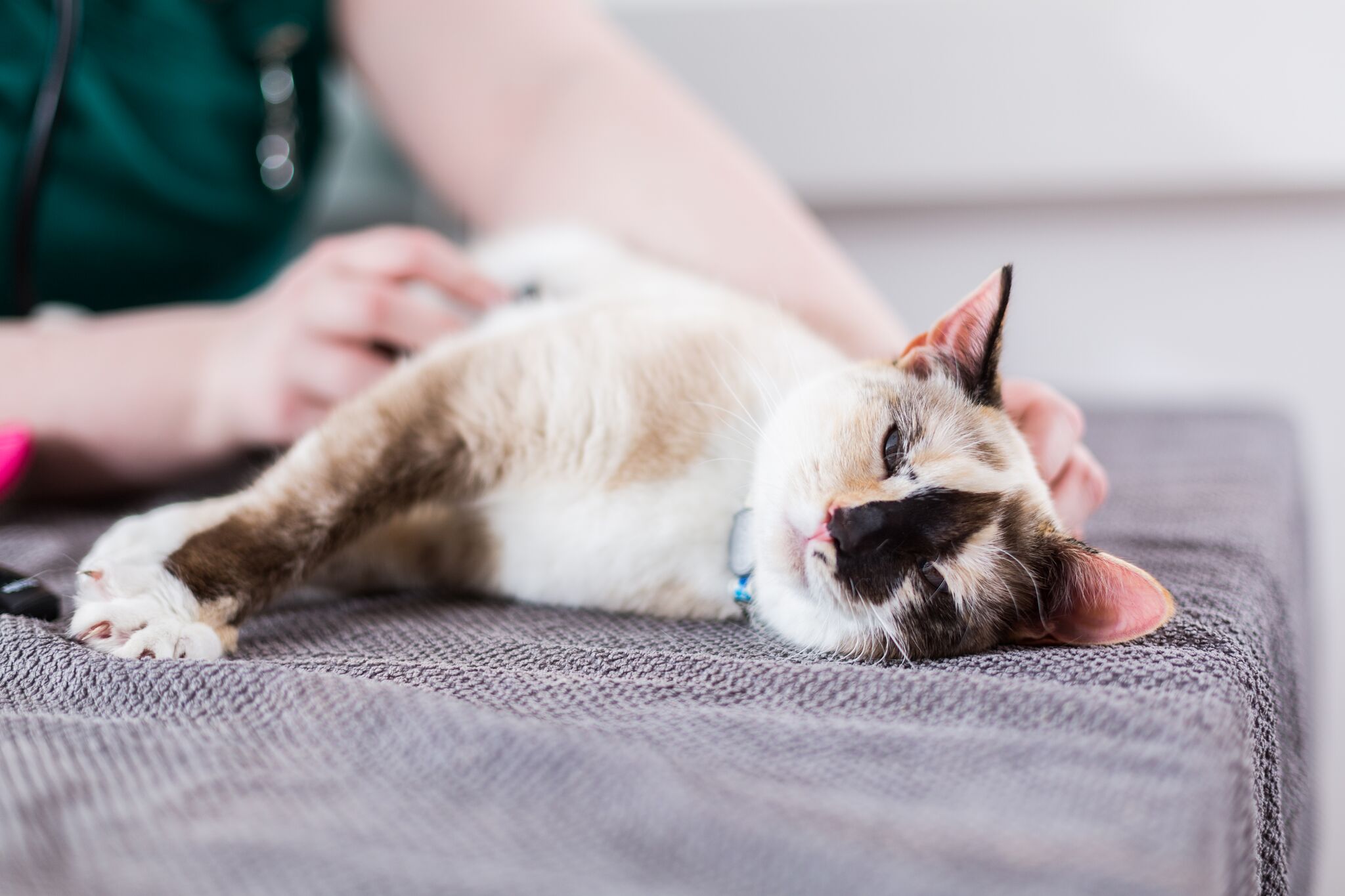
Blog Referral Vets In Leeds Swift Referrals

Cat Lymphoma What You Need To Know About This Feline Cancercherished Companions Animal Clinic

Lymphoma In Cats Veterinary Partner Vin

3 Ways To Treat Feline Intestinal Lymphoma Wikihow

How To Diagnose Feline Intestinal Lymphoma 9 Steps

How To Diagnose Feline Intestinal Lymphoma 9 Steps

Lymphoma In The Cat Fact Sheet Davies Veterinary Specialists
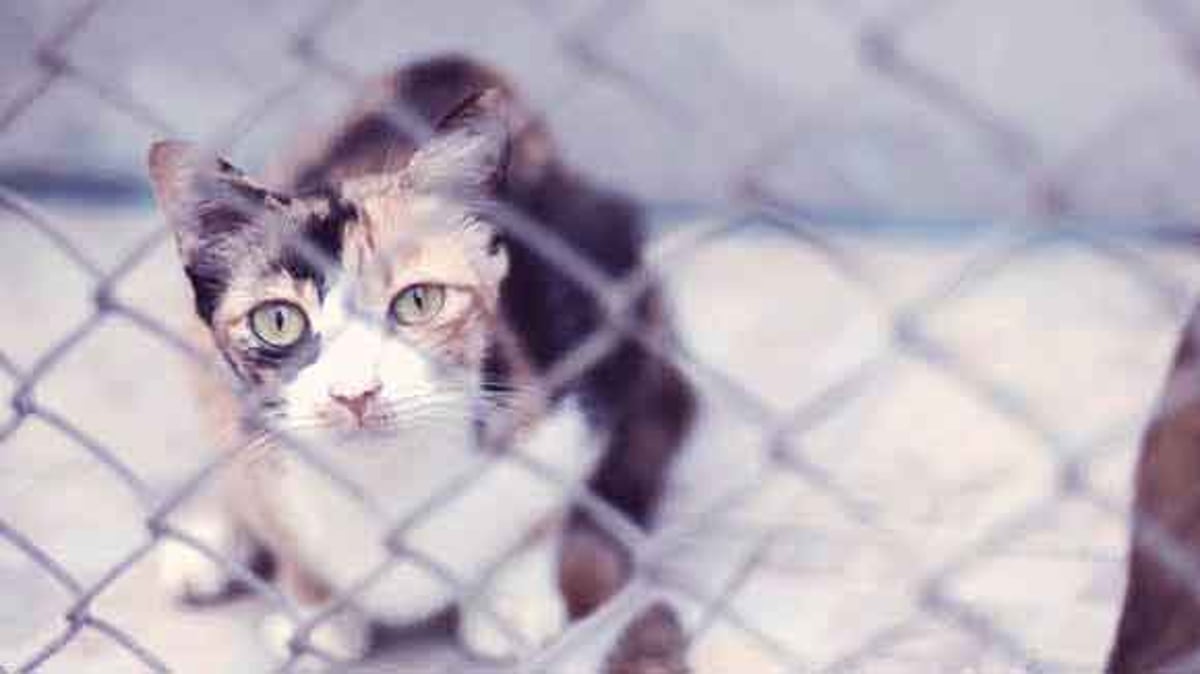
Cancer Lymphoma In Dogs And Cats
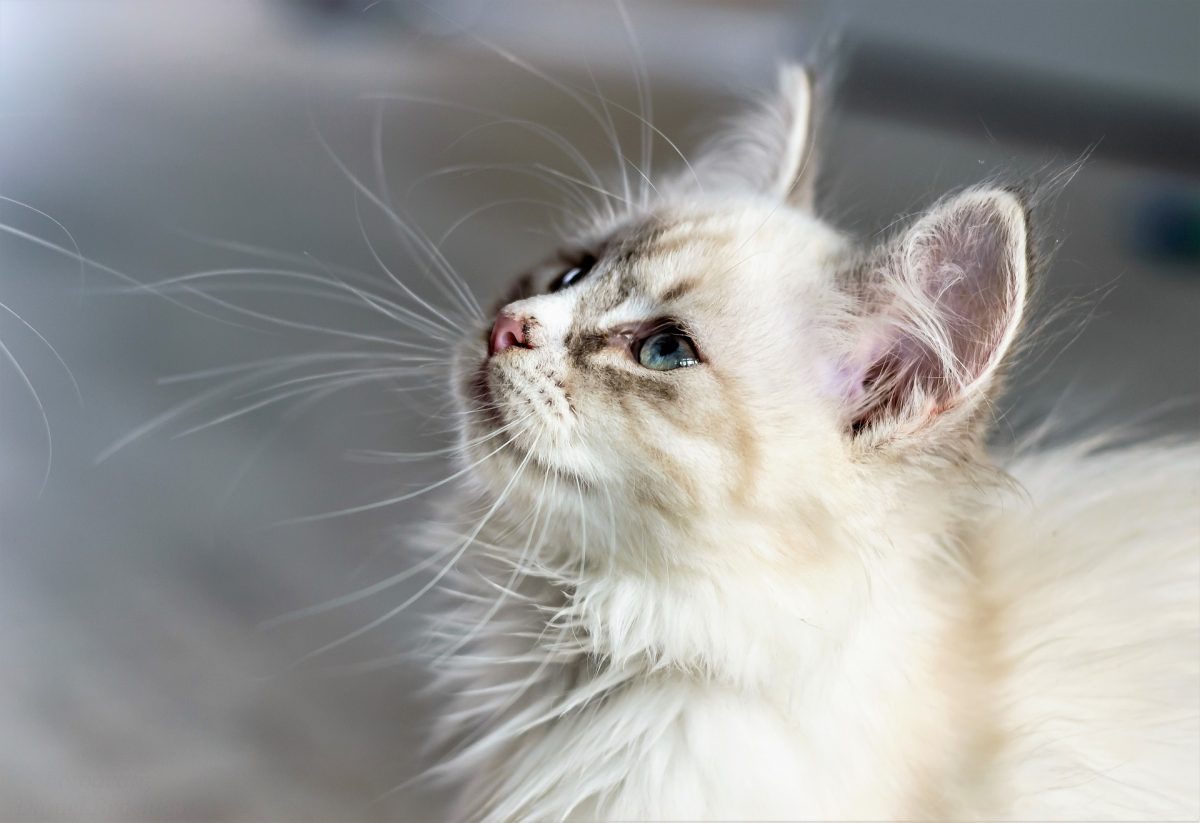
Feline Lymphoma Causes Symptoms Canna Pet

How To Diagnose Feline Intestinal Lymphoma 9 Steps
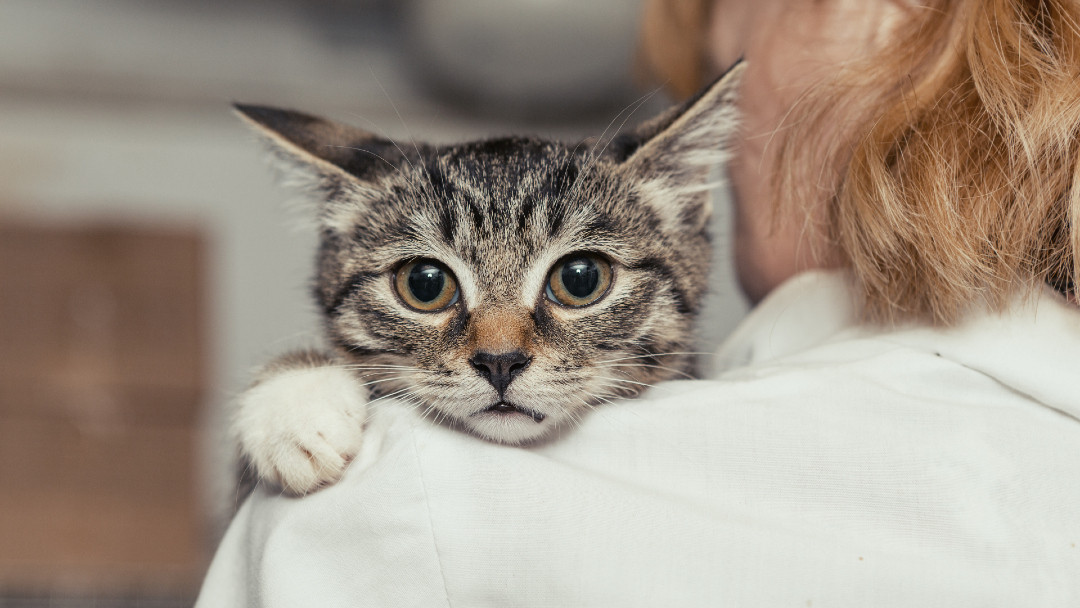
Lymphoma In Cats Causes Symptoms Treatment Purina

Lymphoma In Cats Vca Animal Hospital
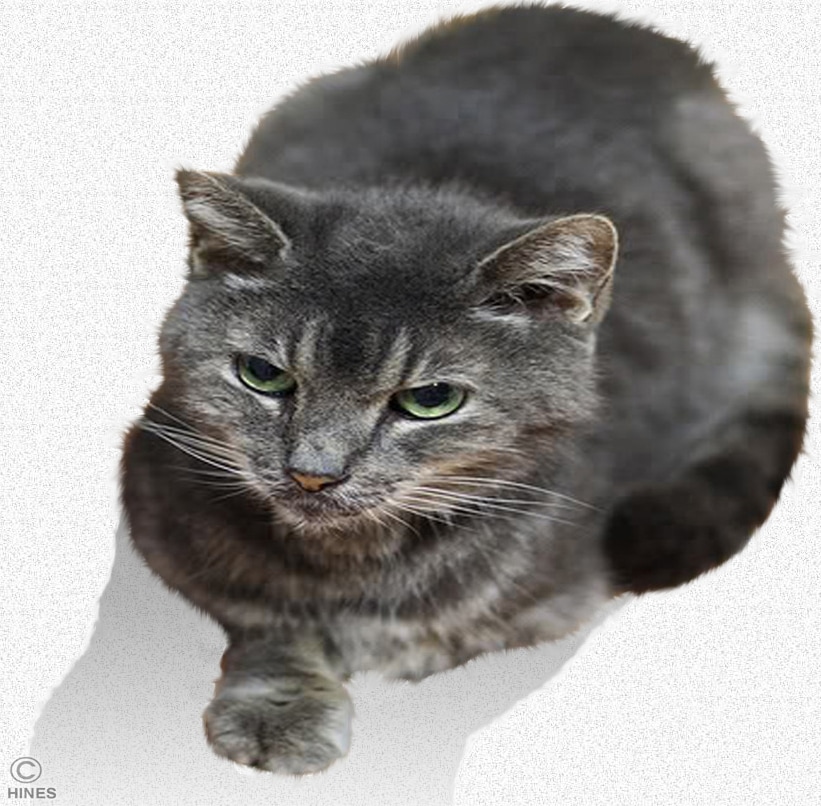
Lymphoma In Your Cat Ron Hines Vetspace 2nd Chance The Animal Health Website

